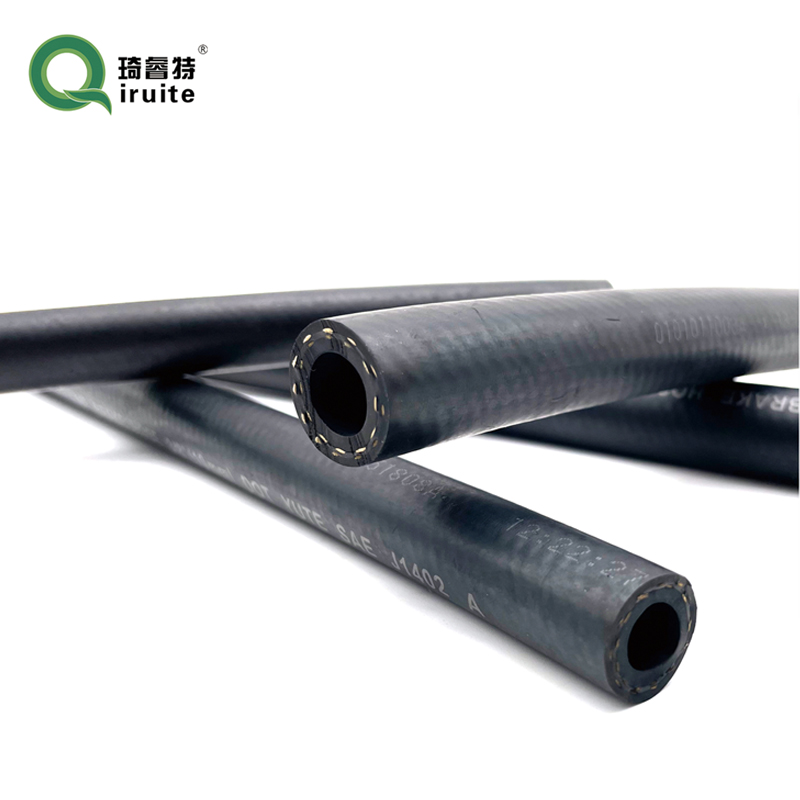Understanding Brake Hose Rubber Components and Their Importance in Vehicle Safety
Brake Hose Rubber The Unsung Hero of Automotive Safety
When we think about vehicle safety, we often focus on components such as airbags, seatbelts, and anti-lock braking systems (ABS). However, there is one critical element that frequently goes overlooked the brake hose. Specifically, the brake hose rubber plays an essential role in the proper functioning of a vehicle's braking system, ensuring that drivers remain safe and secure on the road.
Understanding Brake Hoses
Brake hoses are flexible tubes that carry hydraulic brake fluid from the master cylinder to the various brake components, such as calipers or wheel cylinders. They allow for the necessary movement and flexibility required when a vehicle is in motion. Brake hose rubber is specially designed to withstand high pressures generated within the braking system while also being resistant to the elements, including heat, moisture, and oil.
The importance of these hoses cannot be overstated. Without them functioning properly, the hydraulic pressure needed to activate the brakes would be compromised, posing a significant safety hazard. Brake hose failure can lead to a loss of braking ability, resulting in catastrophic accidents.
Material Matters
The choice of rubber for brake hoses is critical. The rubber must be formulated to withstand extreme conditions, including high temperatures generated by the brakes during use. Standard rubber may not be adequate, as it could deteriorate quickly, leading to leaks or bursts. Instead, synthetic rubber, often reinforced with textiles or other materials, is commonly used to ensure the durability and reliability of brake hoses.
brake hose rubber

Moreover, the interior of the brake hose must be resistant to the corrosive nature of brake fluid. Brake fluid is hygroscopic; it absorbs moisture from the air, which can lead to internal corrosion and reduced performance over time. Therefore, high-quality rubber is crucial not just for the longevity of the hose itself but also for the overall functionality of the braking system.
Maintenance and Inspection
Regular maintenance of brake hoses is essential for ensuring vehicle safety. Owners should periodically inspect the hoses for signs of wear, such as cracking, fraying, or any visible leaks. If a hose shows any signs of damage, it should be replaced immediately. Additionally, it is advisable to have a professional mechanic conduct a thorough inspection during regular vehicle maintenance, particularly before long road trips.
Most manufacturers recommend replacing brake hoses every four to six years, regardless of visual condition, due to the natural degradation of rubber over time. Ensuring that the brake hoses are in good condition is just as important as maintaining other components of the braking system.
Conclusion
Brake hose rubber may not capture the spotlight when discussions about automotive safety arise, but its significance cannot be understated. It is a vital component that ensures the effective transmission of hydraulic force needed for safe braking. As vehicle technology advances and brake systems become increasingly complex, the importance of high-quality brake hose rubber remains a constant. By prioritizing the maintenance and replacement of brake hoses, drivers can enhance their safety and the performance of their vehicles, ensuring peace of mind on every journey. The next time you think about your vehicle's safety features, remember the humble yet crucial role of brake hose rubber in keeping you safe on the road.
-
Ultimate Spiral Protection for Hoses & CablesNewsJun.26,2025
-
The Ultimate Quick-Connect Solutions for Every NeedNewsJun.26,2025
-
SAE J1401 Brake Hose: Reliable Choice for Safe BrakingNewsJun.26,2025
-
Reliable J2064 A/C Hoses for Real-World Cooling NeedsNewsJun.26,2025
-
Heavy-Duty Sewer Jetting Hoses Built to LastNewsJun.26,2025
-
Fix Power Steering Tube Leaks Fast – Durable & Affordable SolutionNewsJun.26,2025

